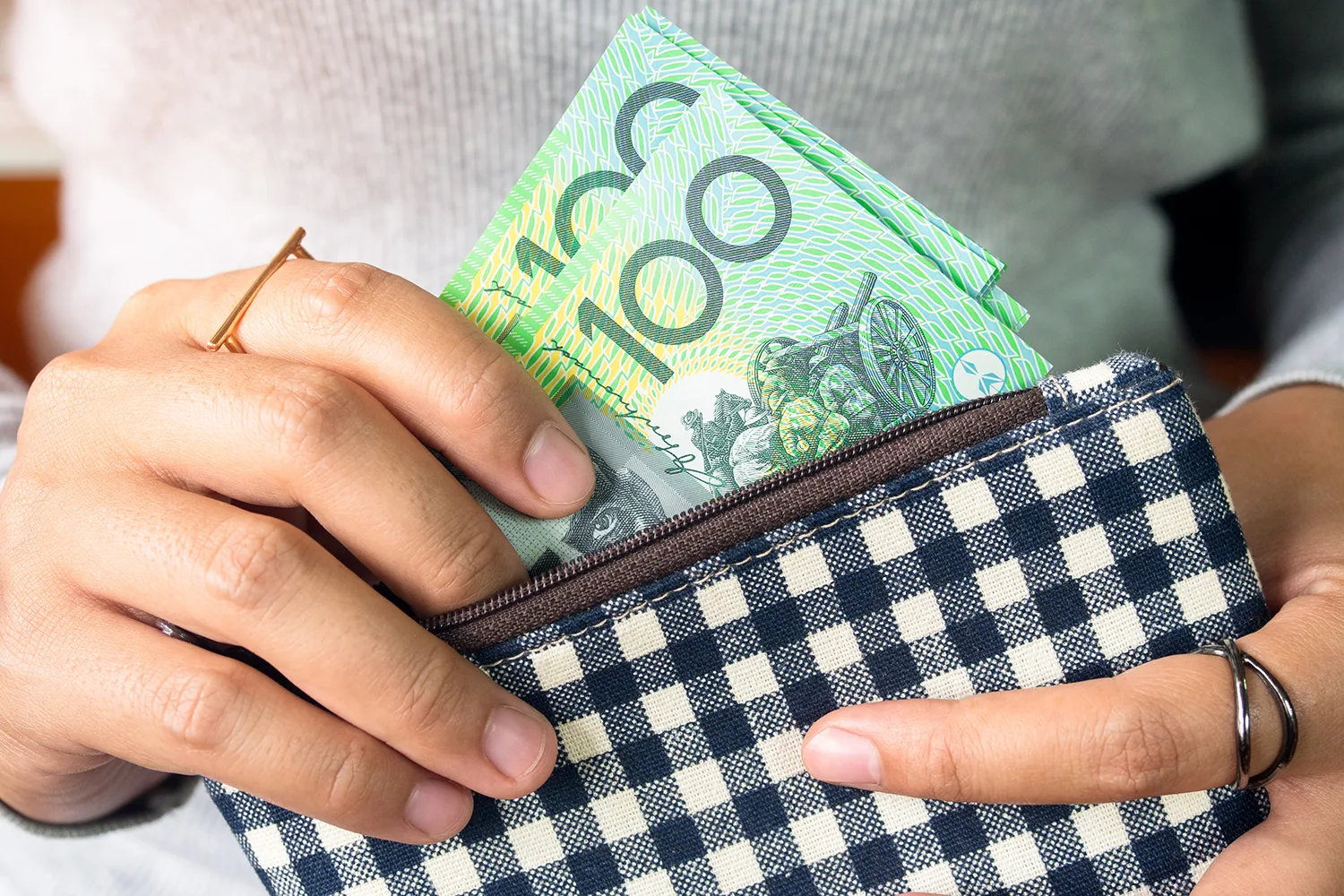When a New Year (or new financial year) is near, the air is abuzz with goals, resolutions, and lessons learned. This feeling of renewal makes it the perfect time to reflect on your finances and set up a budget.
By setting your direction for the next six months, based on what you uncover, you’ll have a data-driven plan on how to meet your saving (or holiday budget) goals. Set aside an hour for yourself, pour a glass of wine or a hot tea, light a candle, and take yourself through this 7 step money reflection to help you set a clearer path for the year ahead.
Why reflect?
Often we’re quick to set pie-in-the-sky goals like “save $10,000” or “pay off debt!”, but those goals aren’t grounded in our own reality. When we first reflect on where we’re at, how we feel, and seek out accessible opportunities within our own financial routine, we connect to the goal on a deeper level, and know it’s been formulated in a realistic and achievable way.
Step 1: Gather Your Transaction Statements Over The Last Year

I know it seems tedious, but I promise it’s worth it. You can go old school and print out your bank statements, or log into your online banking dashboards and scroll on screen – all that matters is that we have our transactions in front of us. Your bank statements are one of the most underrated tools when it comes to improving your finances, because they provide cold hard data on our financial behaviour.
Step 2: Categorise Where Your Money Has Gone
Grab your highlighters or open a blank document or spreadsheet, and organise your transactions into different categories. You can choose your own categories based on your lifestyle, but common ones include rent/mortgage, utilities, essential subscriptions, non-essential subscriptions, health and wellness, insurance, transport, travel, eating out, hobbies, savings, etc. If you’ve got too many categories, you can code them by letter instead of highlighting.
Step 3: Consolidate Category Goals
Now you’ll want your calculator. Go through and total up how much you spent in each category, and write these out on a separate piece of paper so you can see them clearly.
Note: all your category totals should equate to your after-tax income, plus any savings you’ve set aside throughout the year. If your numbers seem off, you might have missed something.
Step 4: Get Mindful

What you’ve now got in front of you is a heatmap of where your money went throughout the last year. Some numbers may not surprise you, like your rent or mortgage costs. Other numbers might be higher than you expected – it only takes $27.40 of mindless spending per day to add up to $10,000 in a year.
Set a timer for ten minutes, and write down your answers to some of these journal prompts to tap into how you feel about your numbers in front of you. Try not to overthink your answers. We want to get into a flow and unlock things you didn’t necessarily realise were there.
- What was the first thing you thought or felt when looking at your category totals?
- What has money represented for you this year?
- Do you have any money regrets this year?
- What challenges have you overcome this year?
- To what extent do you feel you’ve used your financial capacity in line with your values this year?
- Does anything immediately stand out to you, and why?
Step 5: Extract Key Opportunities
Using your responses to the journal prompts and your category totals, extract key opportunities to do things differently this year. Any categories of non-essential spending present you with a behavioural opportunity to redirect that money into something that matters to you.
For example, if you’ve uncovered that you’ve spent $5,000 on takeaway and $3,000 on clothing, how could you put that $8,000 to better use? It’s not about saying you’ll never order pizza or buy clothes again. But if you decided to commit to only spending $50 a week on takeaway, and challenged yourself to only spend $1,000 on clothes for the year, you could free up $4,600 to use on something else.
Don’t rush through this part – this is where it gets really powerful. Finding opportunity in your existing financial routine is the best way to set realistic goals, because you’re working with money you actually have.
Step 6: Trim The Fat On Non-Negotiables

Some of your transactions present opportunities for redirection. Others, like your rent or car insurance, not so much. But, while we’re here, it pays to check for a cheaper price.
Note down your non-negotiable expenses and their weekly or monthly cost, along with the provider. Then set aside some time to compare your price with what else is out there. You could get a bonus for switching providers, or a cheaper price overall.
Step 7: Set New Goals
Based on the opportunities you uncovered in step 5, set new goals for this year, and consolidate them with an action plan of how you’ll achieve them. If you’re aiming to redirect that $4,600 to savings and a holiday, how will you make this happen? Do you need to assign a savings account and set up an auto transfer? How will you stick to your low clothing spend goal? What has to happen each week, month and quarter for you to stay on track with your goal? How else could you accelerate your progress towards this goal?
You’ll leave this reflection with a clear sense of where your money goes, an understanding of where your opportunities lie, and key goals to focus on for the next year.










